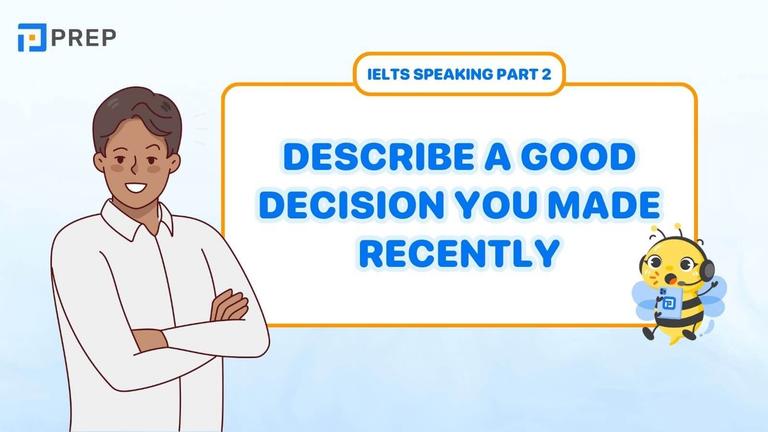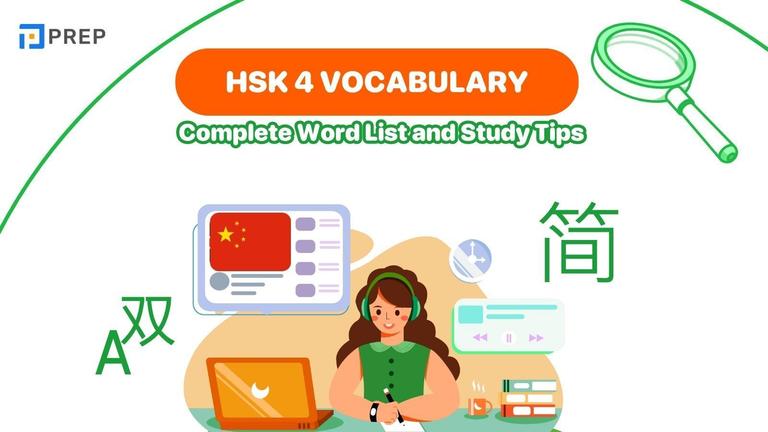Auxiliary Verbs in English: Rules and Examples
Auxiliary verbs, also known as helping verbs, play a key role in forming tenses, questions, and negatives in English. In this guide, you’ll learn their types, how to use them correctly, and common examples — plus simple exercises to help you master this grammar point easily.

I. What Are Auxiliary Verbs?
Auxiliary verbs, also known as helping verbs, are verbs that are used together with a main verb to form a complete verb phrase. They do not carry meaning on their own but support the main verb by adding grammatical information such as tense, voice, mood, or emphasis.
Auxiliary Verbs vs Main Verbs
It’s important to make the distinction:
-
Main verbs express the core action or state.
Example: “She works hard.” -
Auxiliary verbs assist the main verb to express when or how the action happens.
Example: “She is working hard.”
In this sentence, “is” is the auxiliary verb and “working” is the main verb in the present continuous tense.
Auxiliary verbs play an essential role in everyday English. They are used to:
-
Form different tenses (e.g. has eaten, was driving)
-
Make questions and negatives (e.g. Do you like coffee?, She doesn’t play the piano.)
-
Create the passive voice (e.g. The book was written in 1990.)
-
Add emphasis or clarity (e.g. I do want to help.)
Because of their versatility, mastering auxiliary verbs will make your grammar stronger, boost your exam writing scores, and help you understand native speakers more easily.

-
For learners strengthening grammar connections, reviewing because and because of can also be helpful.
1. Types of Auxiliary Verbs in English
Auxiliary verbs in English fall into three main categories: Primary auxiliaries, Modal auxiliaries, and Semi-auxiliaries. Each plays a different grammatical role in forming tense, mood, and voice.
Primary Auxiliary Verbs
These are the foundational helping verbs used to form tenses, questions, negatives, and the passive voice. The three main primary auxiliaries are:
|
Auxiliary |
Function |
Example Sentence |
|
be |
continuous/passive |
She is running late. / The book was written in 1900. |
|
have |
perfect tenses |
They have eaten lunch. |
|
do |
questions/negatives/emphasis |
Do you live here? / I do agree. |
-
To reinforce foundational grammar, you may also review article in english.
Modal Auxiliary Verbs
Modal verbs express possibility, necessity, permission, ability, obligation, or advice. These always go with the base form of the main verb and do not change their forms.
Common modal verbs include:
|
Modal Verb |
Function |
Example Sentence |
|
can |
ability / possibility |
She can speak three languages. |
|
could |
past ability / polite request |
Could you help me with this? |
|
may |
permission / formal possibility |
You may leave early today. |
|
might |
weaker possibility |
It might rain later. |
|
must |
obligation / strong certainty |
You must wear a seatbelt. |
|
should |
advice |
You should get some rest. |
|
shall |
formal suggestion/future (UK) |
Shall we begin the meeting? |
|
will |
future certainty / intention |
I will call you tomorrow. |
|
would |
polite request / imaginary situation |
I would go if I had time. |
|
ought to |
moral duty / advice |
You ought to apologize. |
Semi-Auxiliary Verbs
Semi-auxiliary verbs are verb phrases or combinations that function similarly to auxiliary verbs but are not part of the core system. They usually consist of a main verb like be, have, or get, followed by an infinitive or gerund.
|
Semi-Auxiliary |
Meaning / Use |
Example Sentence |
|
be going to |
future intention / plan |
I am going to take the exam soon. |
|
have to |
external obligation / necessity |
We have to submit the report by Friday. |
|
be supposed to |
expectation / promise / rule |
You are supposed to be on time. |
|
used to |
past habit/state (no longer true) |
She used to live in Paris. |
|
be able to |
ability / possibility |
They are able to handle the challenge. |
|
get to |
opportunity or permission |
I get to leave work early today. |
|
be about to |
immediate future event |
The class is about to start. |
|
had better |
strong advice / warning |
You had better study for the test. |
Unlike pure auxiliaries, semi-auxiliaries carry some independent meaning and often indicate future actions, necessity, or habit in the past.
Mastering all three types of auxiliary verbs will give you a strong foundation to express a full range of meanings in English—from actions and intentions to opinions and obligations.
-
To explore another construction involving ‘have,’ review have something done in english.
2. How to Use Auxiliary Verbs Correctly
Auxiliary verbs are essential in building grammatically correct English sentences, especially in questions, negatives, tenses, and even for emphasis. In this section, you'll learn how to use them accurately and naturally in real communication.

Forming Questions and Negatives
To ask questions or make negative sentences in English, especially in simple tenses, we rely on auxiliary verbs like do, does, did, is, are, was, have, or has.
Examples – Forming Questions:
|
Tense |
Sentence |
Question |
|
Present Simple |
She speaks French. |
Does she speak French? |
|
Past Simple |
They arrived late. |
Did they arrive late? |
|
Present Continuous |
He is working now. |
Is he working now? |
|
Present Perfect |
You have seen this movie. |
Have you seen this movie? |
Examples – Making Negative Sentences:
|
Tense |
Affirmative |
Negative |
|
Present Simple |
They like pizza. |
They do not like pizza. |
|
Past Simple |
He played tennis. |
He did not play tennis. |
|
Present Perfect |
She has finished. |
She has not finished. |
Note: In negative and question forms, the main verb returns to base form (no -ed, no -s).
-
For additional structured review, explore learn english grammar
Auxiliary Verbs with Tenses
Auxiliary verbs help express various verb tenses and aspects, such as continuous, perfect, or passive voice.
|
Tense/Aspect |
Structure |
Example Sentence |
|
Present Continuous |
be (am/is/are) + V-ing |
She is studying now. |
|
Past Continuous |
was/were + V-ing |
They were waiting for hours. |
|
Present Perfect |
have/has + past participle |
We have finished our work. |
|
Past Perfect |
had + past participle |
He had left before we arrived. |
|
Passive Voice |
be + past participle |
The letter was sent yesterday. |
Emphasis and Short Answers
Auxiliary verbs are also used to:
-
Add emphasis: to strongly confirm or contradict something
-
Give short answers: in conversation, to avoid repeating the main verb
Examples – Emphasis:
-
I do like this song a lot.
-
She did call you last night.
Even though “do” is not needed grammatically, it adds strong confirmation.
By using auxiliary verbs correctly, you will make your sentences grammatically accurate, easier to understand, and more natural-sounding. Whether you are writing essays, taking exams, or having conversations, mastering auxiliary verbs is a must.
-
You can organize these rules more effectively using english grammar note-taking
II. Auxiliary Verbs Exercises – Practice Your Grammar
Understanding auxiliary verbs in theory is one thing—applying them correctly in real sentences is what truly builds fluency. Below are different types of exercises to help you master the use of be, do, have and modal auxiliaries across tenses, sentence types, and contexts. Try them out and check your answers afterward.
Exercise 1. Fill in the Blanks with the Correct Auxiliary Verb
Instructions: Complete each sentence with the correct form of be, do, or have.
-
She _______ not come to class yesterday.
-
We _______ studying for the exam right now.
-
I _______ finished all my homework.
-
_______ they like spicy food?
-
He _______ never been to London.
-
What _______ you doing when I called?
-
They _______ arrived yet.
Exercise 2. Rewrite the Sentences – Make Them Negative
Instructions: Rewrite each sentence as a negative using the correct auxiliary verb.
-
She plays the piano. → _______________________
-
They have seen the movie. → _______________________
-
He is working late tonight. → _______________________
-
We were talking on the phone. → _______________________
-
You did the right thing. → _______________________
Exercise 3. Choose the Correct Auxiliary Verb
Instructions: Select the correct auxiliary verb to complete the sentence.
-
_______ you ever tried Indian food?
A. Do B. Have C. Did -
He _______ playing video games when I arrived.
A. is B. does C. has -
We _______ not believe what we heard.
A. did B. have C. are -
_______ she working this weekend?
A. Has B. Was C. Is -
I _______ never seen snow before.
A. am B. do C. have
Answer Key
[prep_collapse_expand open_text="View more" close_text="Show less"]
|
Exercise 1 |
Exercise 2 |
Exercise 3 |
|
|
|
[/prep_collapse_expand]
These exercises aim to reinforce accuracy, flexibility, and fluency in how you use auxiliary verbs. For best results, review your mistakes and return to the grammar explanation sections above as needed.
III. Crack the IELTS Exam With Confidence
Hopefully, the article about auxiliary verbs provided by PREP above has helped you understand more deeply the meaning and usage of this grammatical item. If you need a confidence boost, PREP’s real-time practice and expert feedback will help you achieve your target band score.
-
IELTS preparation full course: Score Big in IELTS With Our Expert Tips!

Hi I'm Chloe, and I am currently serving as an Product Content Administrator at Prep Education. With over five years of experience in independent online IELTS study and exam preparation, I am confident in my ability to support learners in achieving their highest possible scores.
Comment
Premium content
View allPersonalized roadmap
Most read












